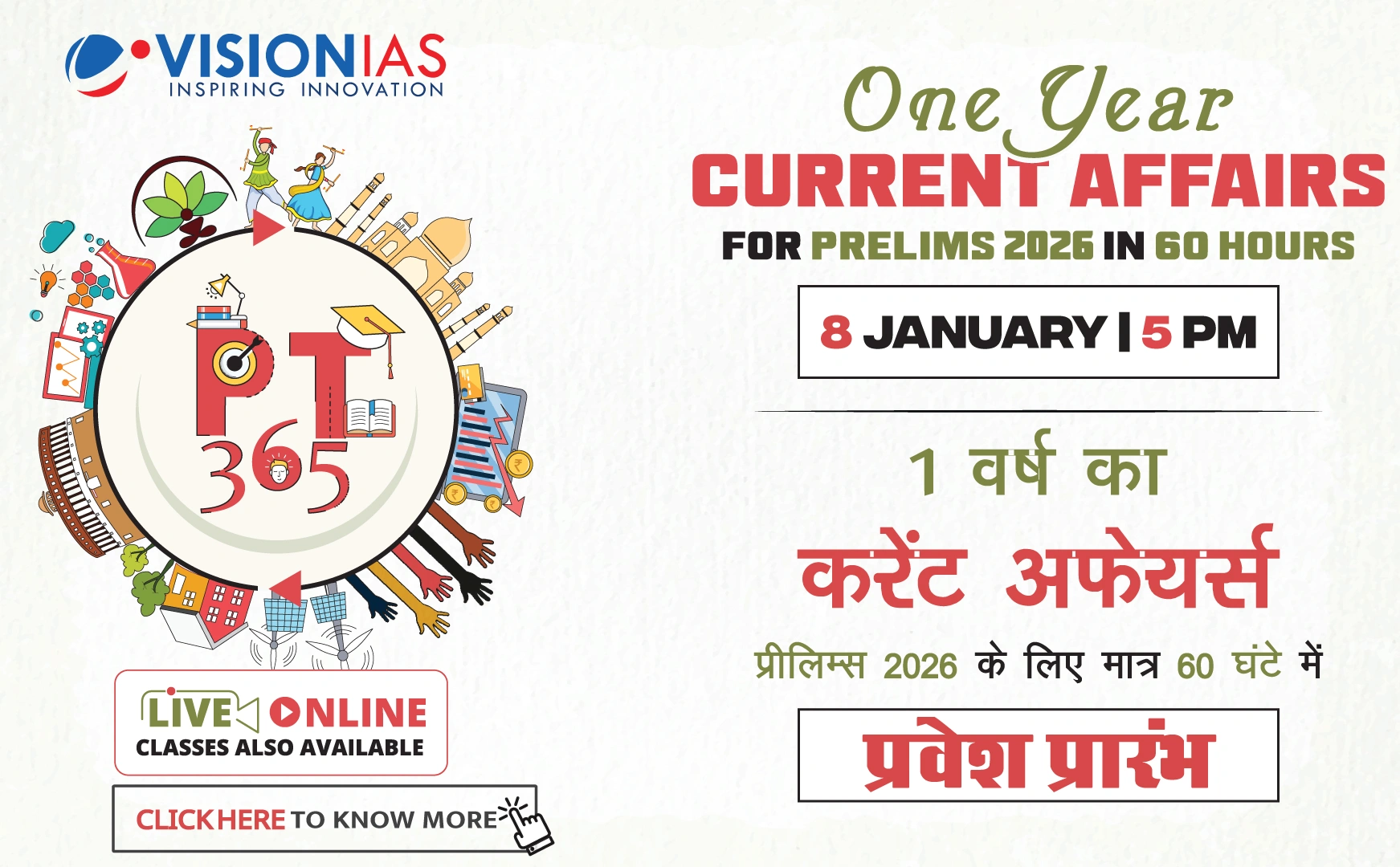India's Economic Momentum and Outlook
Despite global uncertainties, India is expected to maintain its economic momentum. This is primarily driven by strong rural demand and a noticeable revival in urban consumption, as highlighted by the Chief Economic Advisor (CEA), V Anantha Nageswaran.
Key Drivers of Economic Growth
- Rural and Urban Demand: Increased rural demand alongside a revival in urban consumption signifies a robust economic recovery.
- Inflation Trends: Inflation is stabilizing, though specific items like food and gold have caused some distortions.
- Agricultural Production: Strong kharif production, better rabi sowing, and seasonal corrections in prices are favorable for food inflation control.
- Maha Kumbh's Contribution: Expected to significantly impact GDP from the expenditure side.
Global Economic Outlook and Challenges
- Global economic policies, particularly from major economies, are influencing trade policies, which may lead to increased inflation, tightened financial conditions, and market volatility.
- The US dollar's strength and rising Japanese interest rates could exacerbate capital outflows from emerging markets.
GDP Growth Revisions and Fiscal Implications
- Revisions to nominal GDP growth rates provide a more accurate perspective on tax revenue buoyancy.
- The growth rate for 2022-23 (FY23) was revised from 7% to 7.6%, and for 2023-24 (FY24), from 8.2% to 9.2%.
- India's nominal GDP growth for FY25 is estimated at 9.9%, translating to approximately $3.924 trillion based on current exchange rates.
Sectoral Performance
- Primary Sector: Significant improvement observed.
- Secondary Sector: A noted slowdown in growth.
- Tertiary Sector: Remained resilient with even an increased share of GDP.
Investment and Growth Projections
- Q1 and Q2 of FY25 saw a rebound in real GDP growth, with projections of a 6.5% annual growth needing robust Q4 performance.
- Private investments, after initial dips due to election-related uncertainties, have picked up, with increased project announcements by the private sector.
- Gross capital formation in manufacturing showed a significant increase from ₹9.2 trillion in 2020-21 to ₹15.1 trillion in FY24.
- Despite global uncertainties, the strong demand visibility in India creates a compelling case for increased private sector investments.



